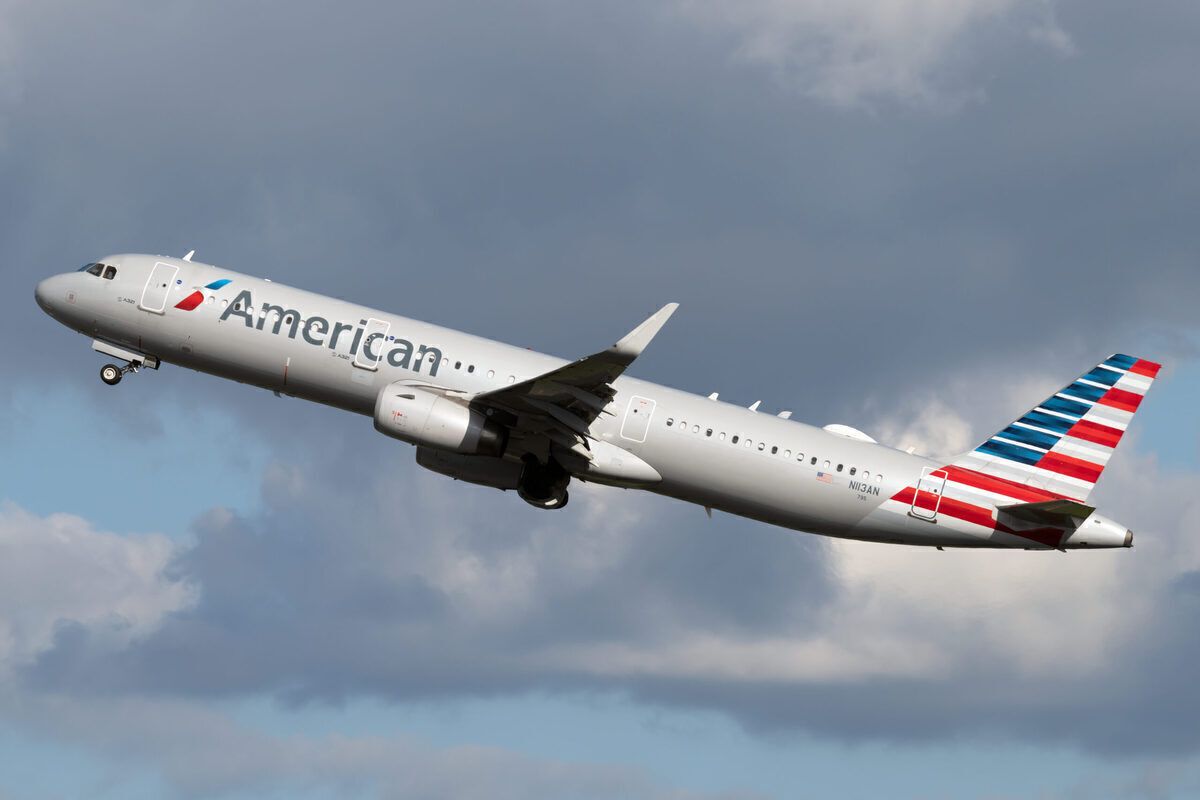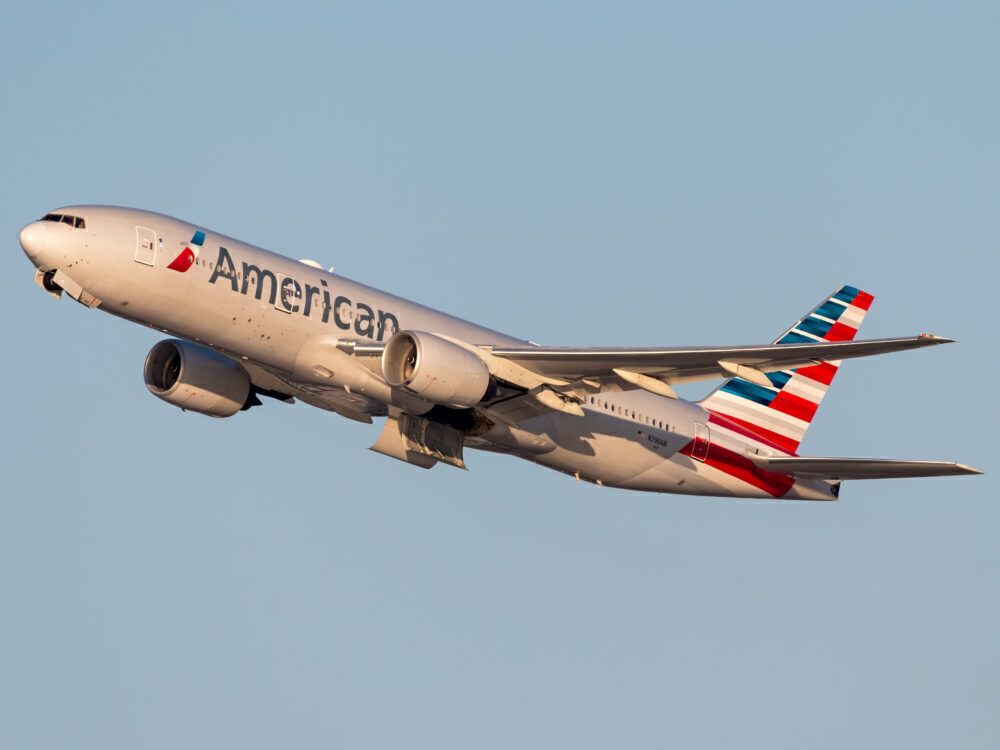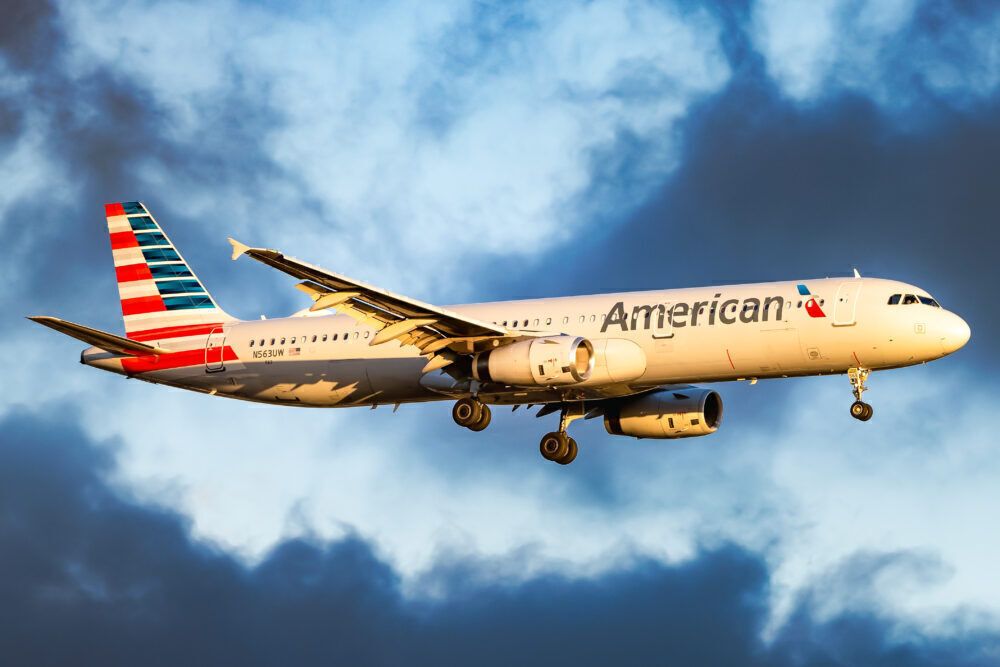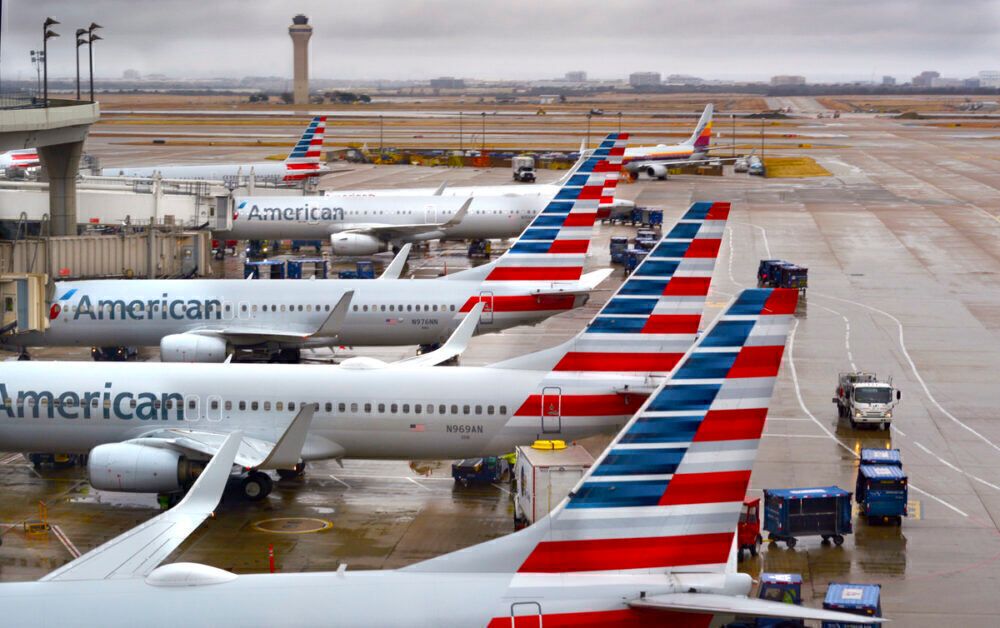American Airlines is facing a much more competitive landscape in the US as it recovers from the crisis. However, the airline believes it has a fortress against the growth of its competitors in its major hubs. As the carrier charts its way out of the crisis, according to Chief Revenue Officer Vasu Raja, its hubs – particularly Dallas and Charlotte – will be key to keep American competitive.
American's core hubs have performed quite well
Speaking at the Goldman Sachs Industrials and Materials Conference 2021, Mr. Raja stated the following on the carrier's focus around Dallas/Fort Worth and Charlotte:
"A big part of our relative performance versus other airlines, if you look through almost any month any day, any week through COVID, our Charlotte and Dallas hubs were almost at full. They operated at between 75 and 90% of what they were in 2019. Indeed, we preserved the connecting integrity, what we call the DNA of those hubs."
Charlotte and Dallas are two of American's strongest hubs, but that does not discount the importance of its other hubs. As Mr. Raja continued:
"Across our system, including Phoenix and Miami and Chicago, through our web of mid-continental hubs, we have ways of creating markets and then reaching customers that really no one else can do. What that means, on the other end of it, you will see an airline that's a lot more concentrated around Dallas/Fort Worth and Charlotte, but also one that's really much more concentrated around doing the thing we do best, which is connecting all the small cities of the Americas to the global marketplace."
American's hub structure
American Airlines lists the following cities as its hubs:
- Charlotte
- Chicago
- Dallas/Fort Worth
- Los Angeles
- Miami
- New York City
- Philadelphia
- Phoenix
- Washington D.C.
Dallas/Fort Worth International Airport (DFW) is a legacy carryover hub from American Airlines, while Charlotte Douglas International Airport (CLT) is a legacy carryover hub from US Airways. After the two airlines merged, Charlotte and Dallas remained important hubs.
Charlotte has remained mostly a domestic and short- and medium-haul Caribbean hub. Dallas is a global gateway. The city boasts – traditionally – nonstop flights to Asia, South America, and Europe. Through its partner in Qantas, American Airlines also sells flights to Australia nonstop out of Dallas.
American also has a strong domestic network, where it captures a lot of regional feed. Most passengers flying American Airlines will likely find an itinerary that offers a connection through Dallas or Charlotte. The airline has also expanded offerings out of both cities, including adding a new long-haul nonstop flight between Charlotte and Honolulu to cater to growing domestic demand.
Stay informed: Sign up for our daily and weekly aviation news digests.
Dallas and Charlotte are winners
On the airline's first-quarter earnings call, Mr. Raja stated the following on the airline's domestic hub structures:
"What we call the big four – Dallas-Fort Worth, Charlotte, Phoenix, Miami – are roughly 65 to 70% of our system capacity. And I'll put a little more color on it. In the first quarter, while our system produced PRASM that was maybe 15 to 20% larger than what our network competitors were, Charlotte and DFW produced PRASMs that were 30 to 35% larger, with Phoenix and Miami pretty close to the 15 to 20% range too."
Given the revenue performance of the airline out of Dallas and Charlotte, it is not surprising that the airline is concentrating a lot of growth around both markets. While the growth may not include flashy new routes, such as Charlotte to Delhi, or Charlotte to Tel Aviv, or from Dallas to Lagos, passengers can expect more domestic connections and growth through both hubs.
To look at where American is planning to grow in the future, these two hubs prove to be some big launching points. As the airline also targets a slower ramp-up of its international network that produces higher revenue premiums, Dallas and Charlotte can prove key in that regard.
Even in the domestic space, both hubs have proven critical in connecting smaller cities in the US with the wider world. The carrier can charge slightly more from cities with limited competition, boosting the hub's performance and making other connections more viable.
At the end of the day, American is focused on its hub structures, and much of the airline's orientation will continue to be out of Dallas and Charlotte. Despite growth in other markets, especially New York, the performance and size of DFW and CLT should not be overlooked.




